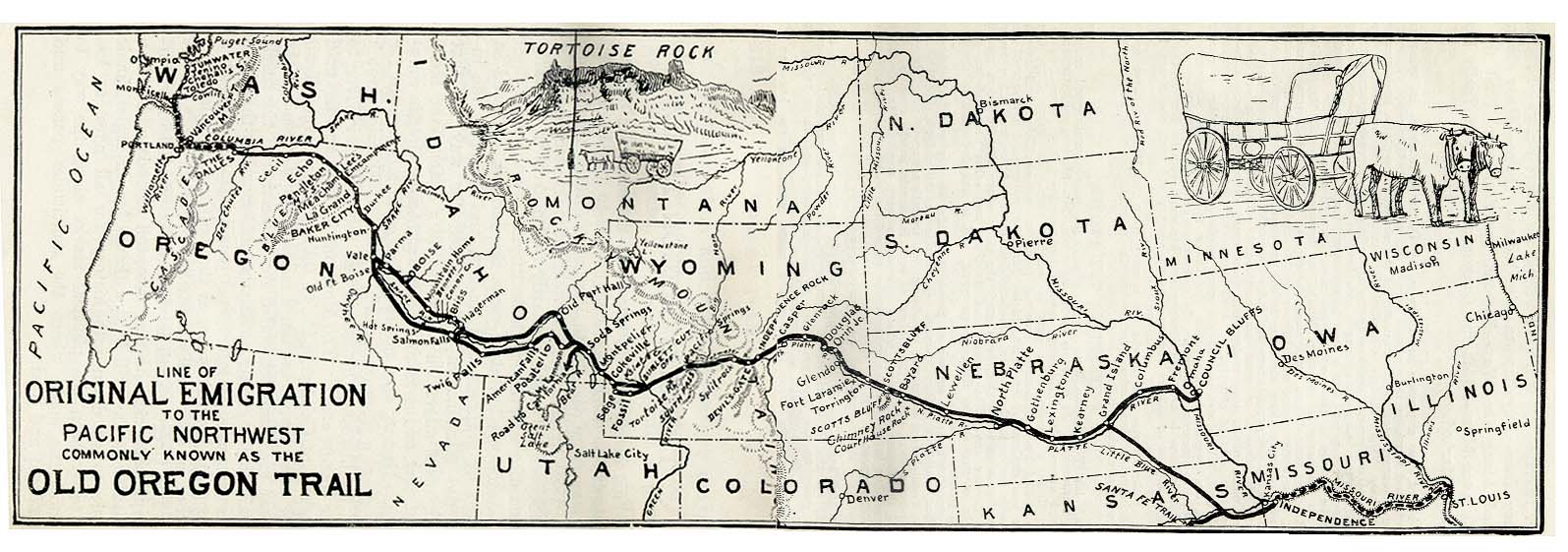CONSTITUTION WORKSHEET #2
Each statement below illustrates one of the seven principles of the Constitution: popular sovereignty, republicanism, limited power of government, federalism, separation of powers, checks and balances, individual rights. Review pages 218-220, then identify the principle involved in each statement.
1. ________________ Congress has the power to coin money.
2. ________________ The Senate can refuse to approve a Presidential appointment.
3. ________________ A President can only serve two terms.
4. ________________ In 2000, Americans chose George W. Bush as President.
5. ________________ State and local governments supervise the public school system.
6. ________________ Congress passes a law forbidding abortions in all situations, but the Supreme Court declares it unconstitutional.
7. ________________ The national and state governments can conduct elections.
8. ________________ The President and all other government officials must obey the law like all American citizens.
9. ________________ Congress makes laws for the nation.
10. _______________ Amendment 19 gave women the right to vote.
11. _______________ The President can veto legislation
12. _______________ Congress cannot make a law that violates freedom of speech.
13. _______________ The Bill of Rights guarantees basic rights to all Americans.
Use one of the following goals of the Constitution (Preamble): form a more perfect union, establish justice, ensure domestic tranquility, provide for the common defense, provide for the general welfare, secure the blessings of liberty. To answer the following questions. Page 217-218
14. Education is supported by tax money.
15. A court system was established consisting of District, Appeals, and Supreme Court.
16. A military force consisting of the Army, Navy, Air Force and Marines was established.
17. A Bill of Rights was added to the Constitution.
18. An Executive Branch was created to carry out the laws.
19. A Social Security system was established to ensure that the disabled and elderly would be taken care of.
20. A Supreme Court that determines if laws are Constitutional or not.
21. A National Guard was established to make sure national laws are carried out.
Define the following words:
22. Enumerated Powers –
23. Reserved Powers –
24. Concurrent Powers –
25. Amendments –
26. Implied Powers –
27. Judicial Review –
28. Appropriates –
29. Impeach –
30. Constituents –
31. Due Process of Law –
32. Citizen –
33. Naturalization –
Answer the following questions using pages 217-230
34. List one way the President can check the power of the Legislative Branch.
35. List two ways the President can check the power of the Judicial Branch?
36. List three ways the Legislative Branch can check the power of the Executive Branch.
37. List two ways the Legislative Branch can check the power of the Judicial Branch.
38. How does the Judicial Branch check the power of the Legislative Branch?
39. One way an amendment may be proposed is by the vote of ______ _____ of both houses of Congress or by two thirds of the __________ ________________.
40. Ratification of an amendment requires approval by _____ _______ of the states.
41. What is the President’s Cabinet?
42. What are the qualifications for naturalization (a person of foreign birth to become a citizen of the U.S.)?
43. What are the three important functions of laws?
